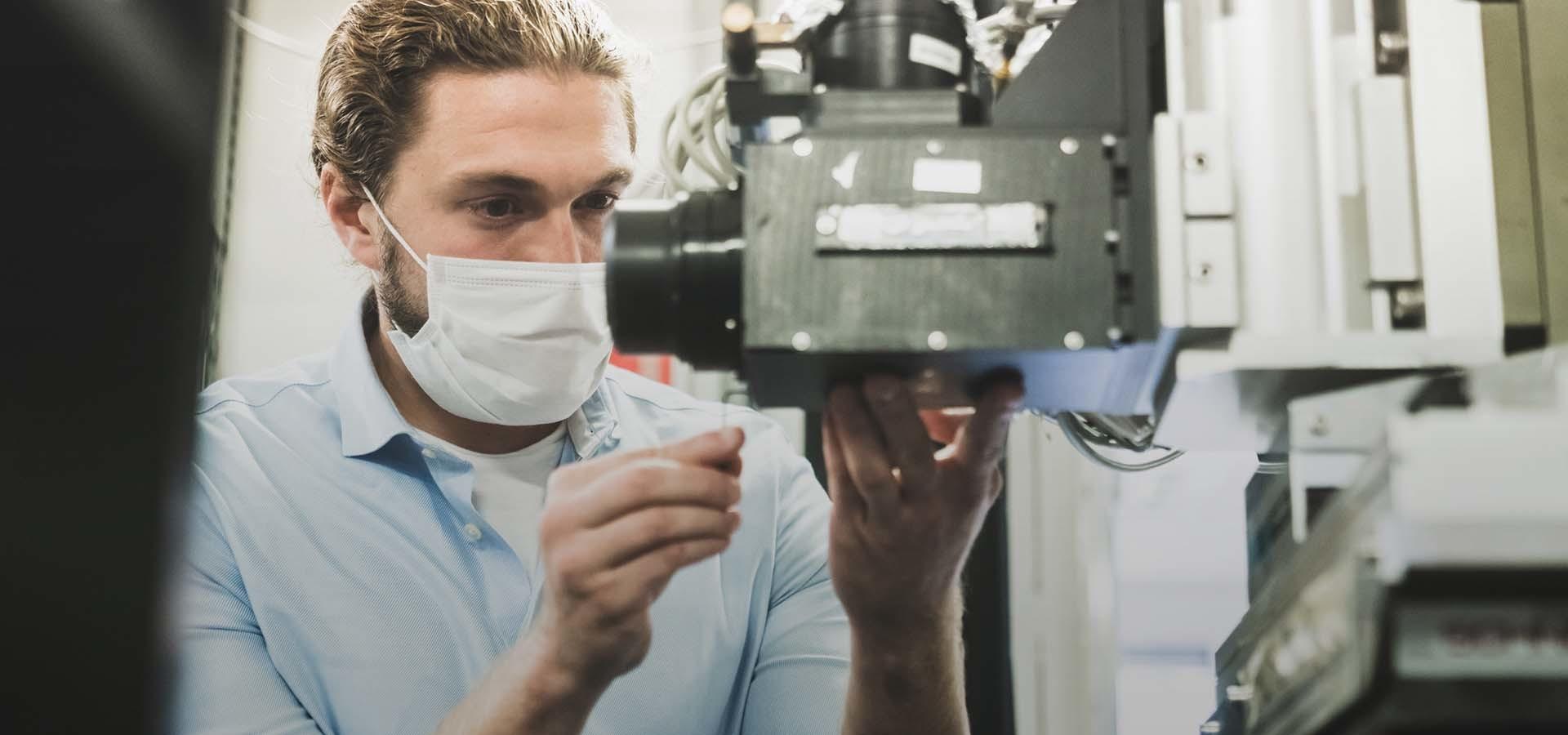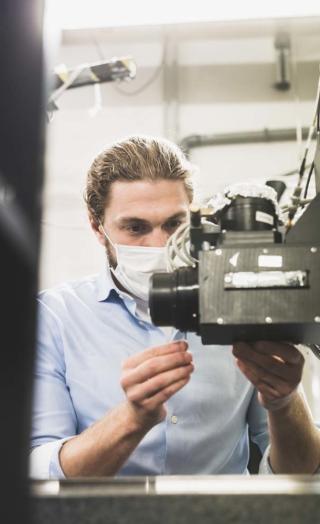Since I arrived in Grenoble from Serbia, back in 2013, I’ve gone more and more extreme, both in my subject of research as well as in my hobbies. I am a civil engineer by training, so quite a different profile from what you find in a facility like the ESRF. I started working on the structure of materials at a small scale during my masters in Grenoble. At the same time, I fell in love with the mountains. The first year, I just looked at them from the distance… today I am a keen off-piste snowboarder, with the implications that brings (a couple of screws in my shoulder blades, for now!). Likewise, my research has become more “extreme” with time: my PhD was on dynamics of materials and how rock-like materials respond to shock waves traveling so fast that they are not visible to the naked eye. During my PhD I did some experiments to study the implications of this phenomenon, but only superficially.
Then I discovered the ESRF and all the possibilities that the synchrotron offers. We managed to squeeze an experiment with the gas-gun set-up just a month before the long shutdown. I can now explore how shocks affect the structure of materials, not only on the surface, but also in depth. EBS, with the high flux, will allow us to go even deeper in the material. My dream is to reproduce what happens when a meteorite impacts the surface of a planet and the ESRF-EBS is the only place where I can do that.

